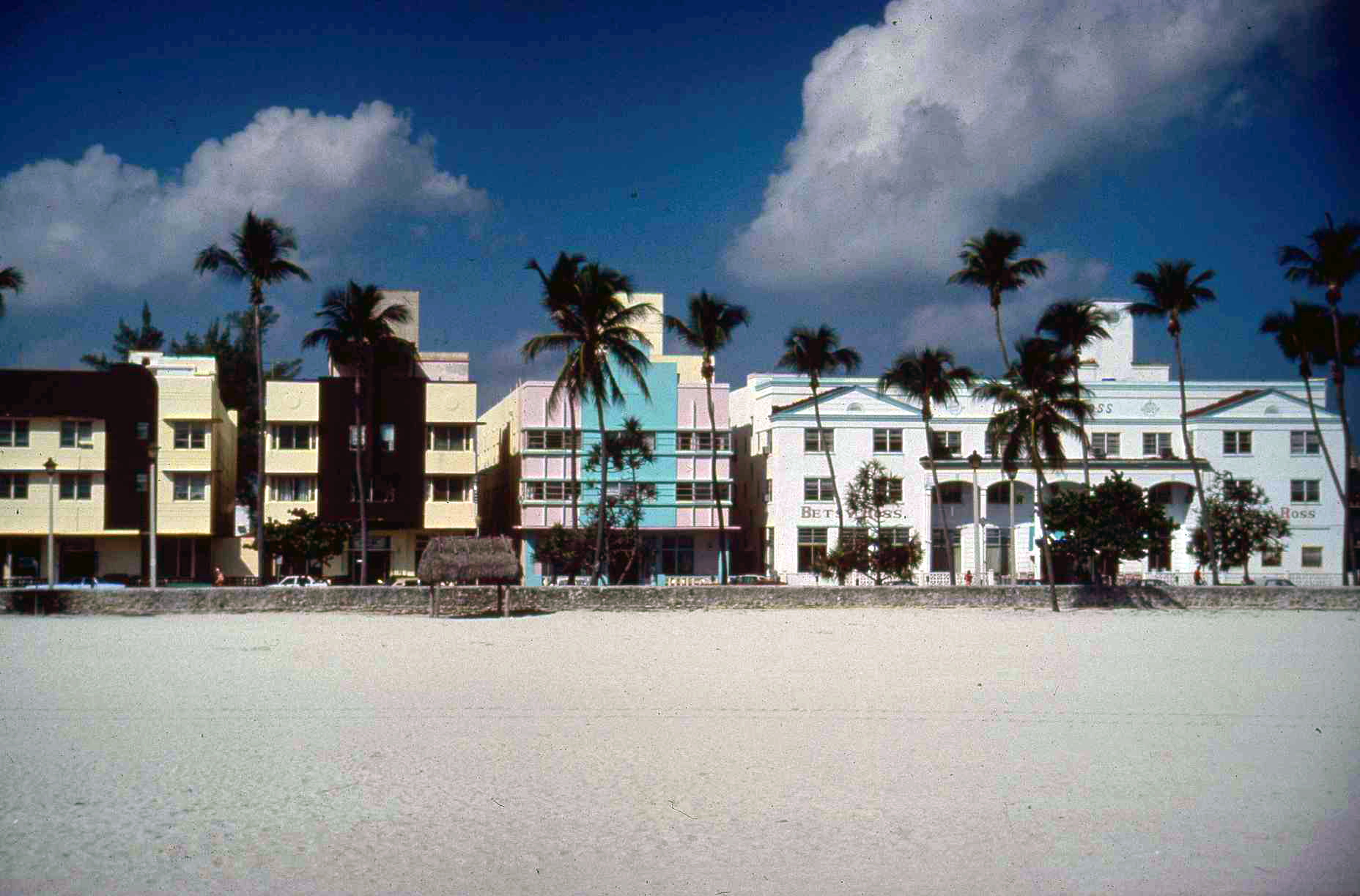A New Festival Celebrates the Shared Influence of Art Deco in Miami and Mumbai
"Miami—Mumbai: 100 Years of Art Deco" explores how these two cities took the movement in Paris and made it their own, while reflecting each other

A hundred years ago, the French government and the country’s Société des Artistes Décorateurs installed the International Exhibition of Modern Decorative and Industrial Arts on both sides of the Seine as a way to shore up support for a fresh take on architecture and applied arts. This style—Art Deco, named for that French organization—synthesized various aesthetics from around the world, including Indian and Persian architectural strategies, with the sharp lines of European contemporary art. The show was a blockbuster, and the Art Deco movement blossomed around globally. It took particular root in two coastal cities, Miami and Mumbai. This fall, a multidisciplinary festival called Art Deco Alive! takes over the Florida city. Its main attraction is a new, permanent exhibition at the Art Deco Museum called “Miami—Mumbai: 100 Years of Art Deco” that explores how these two cities took the movement in Paris and made it their own, while reflecting each other.


“The cities are connected,” says Salma Merchant Rahmathulla, who with Gayatri Hingorani Dewan co-founded Art Deco Alive! and curated the exhibition. The two cities have important roles as port cities, cultural hubs, and melting pots. “After World War I, cities were looking to each other for inspiration. And the cement industry was involved in India, so they were going away from stone and brick and seeing new ways of doing things,” she says. “But they had distinctive cultural references.”

“Miami took a tropical palette and a nautical outlook,” Dewan explains, “while in India they went into motifs including the lotus, the peacock, and even have the Indian goddess Lakshmi on top of an insurance building.” In the ages before social—or even mass—media, inspiration travelled via trade routes and international exhibitions. And, of course, through colonialism. “In Mumbai, Art Deco took hold during the late colonial period,” Dewan says, “so information came through and was adapted.” Art Deco came to include, she notes, “the terrazzo floors and curved windows and balconies, but also the Jali criss-cross pattern which allows air to come inside.” Turns out, a pattern suited for the Indian climate made sense in the tropical heat of Miami, too.


Which is all to say that the popularizing of Art Deco was an international conversation. To continue the dialogue, Art Deco Lives! will include a discussion series not only on architecture and urban planning, but on cinema and fashion. Lifestyle vignettes will compare and contrast domestic interiors in the two cities, as will documentation of typological pairings that examine, for instance, how the same architects built cinemas in each city. Even the exhibition design embodies a kind of conversation: one of its two rooms is devoted to the efforts of Miami’s late Barbara Baer Capitman, an essential force behind the Miami Design Preservation League’s efforts to preserve the city’s Art Deco district. The second room explores the work of Perin Mistri, the first woman in India to be certified as an architect and who built major Art Deco public, residential, and industrial structures throughout Mumbai.


“The cities are oceans apart,” says Dewan, “but spatially, the rooms give you a sense of how their typologies are similar and different, and how they are connected.” A female curatorial staff spotlighting the legacies of two women is its own crucial conversation of its own, says Rahmathulla. “There was a time when there was always a spotlight on male architects. For all the younger girls watching, we wanted to ask, who were the women playing a role in the preservation and how do we bring their stories to light?”
The legacies of Art Deco are thus intertwined, the exhibition argues. But they differ in important ways. Dewan grew up in Mumbai, where the Art Deco aspects of the built environment were second to their utility. “You interact with the hotels, the hospitals, the residences, it’s part of the daily life. Art Deco is just immersed in the hustle and bustle, so you really have to stop and look for it,” she says. She moved to Miami three years ago, where, she says, “Art Deco is literally on display for you to stop and say, ‘wow.’”
Rahmathulla, who’s now been in Miami for seven years, hopes those wows will feed an appreciation not just for Art Deco’s beauty, but its sociopolitical meaning: “We’re hoping people will come to the exhibit, do a curated walkthrough the city, and come away learning that, while these cities are different, inside them is a human spirit which connects them.”
“Miami—Mumbai: 100 Years of Art Deco” opens on October 8th, 2025


